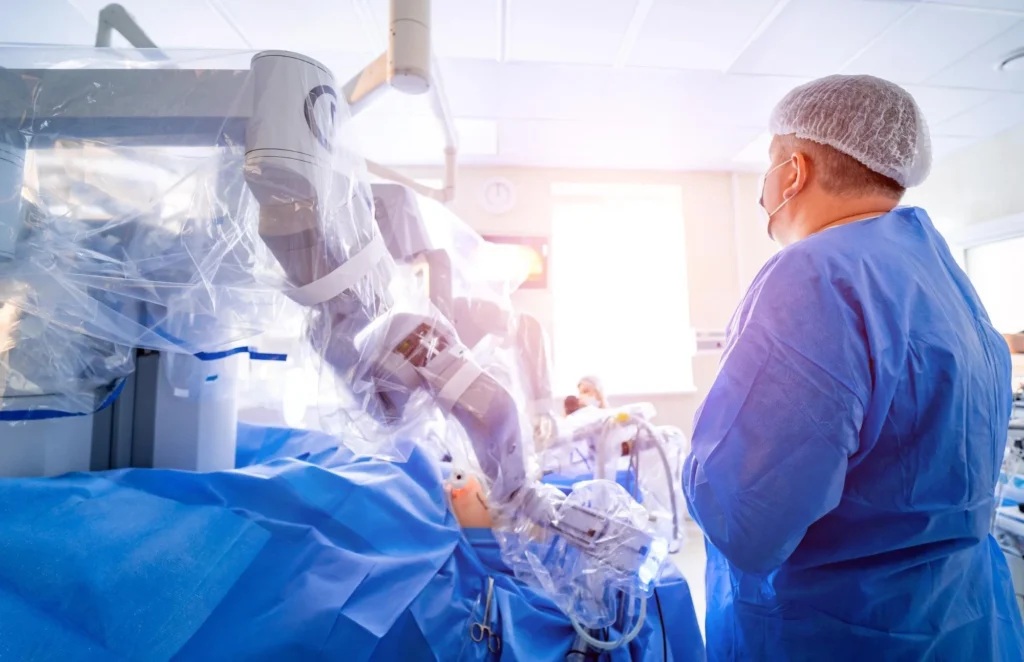The advent of 3d printing technology has revolutionized various industries, and medical training is no exception. This innovative technology offers unprecedented opportunities to enhance the learning experiences of medical students and professionals by providing realistic, customizable, and cost-effective models. While much has been discussed about the general benefits of 3d printing, this blog delves into advanced insights and often overlooked advantages of utilizing 3d printing technology in medical training.
The impact of 3d printing on medical training
3d printing, also known as additive manufacturing, involves creating three-dimensional objects layer by layer from digital models. In medical training, 3d printing can produce highly detailed anatomical models, surgical guides, and custom prosthetics, enabling hands-on learning and practice.
Statistical insight: according to a study published in the journal of surgical education, 3d-printed models improved surgical training outcomes by 35% compared to traditional methods.
Key benefits of 3d printing in medical training
1. Enhanced anatomical understanding
Benefit: 3d-printed models provide accurate and tangible representations of human anatomy, allowing students to explore and understand complex structures in detail.
Unique insight: unlike two-dimensional images or virtual simulations, 3d models can be manipulated physically, offering a tactile learning experience that enhances spatial awareness and retention.
Statistical insight: research from the journal of medical education indicates that students who use 3d-printed anatomical models score 20% higher in anatomy exams than those who use traditional methods.
2. Customized training models
Benefit: 3d printing enables the creation of customized models that replicate specific patient anatomies, disease states, or surgical scenarios.
Unique insight: customization allows for personalized training experiences tailored to the unique needs and learning objectives of individual students or medical teams.
Statistical insight: a study in the journal of clinical simulation found that customized 3d-printed models improved the accuracy of surgical procedures by 30%.
3. Improved surgical training
Benefit: 3d-printed models are invaluable in surgical training, providing realistic practice scenarios for various procedures.
Unique insight: surgeons can rehearse complex operations on patient-specific models, improving their skills and confidence before performing the actual surgery.
Statistical insight: according to the annals of surgery, surgeons who practiced on 3d-printed models prior to surgery reduced operative times by 25% and improved patient outcomes.
Advanced applications of 3d printing in medical training
1. Simulating rare and complex conditions
Action: use 3d printing to create models of rare or complex medical conditions that students and professionals may not encounter frequently in clinical practice.
Unique insight: these models provide opportunities to study and practice treating uncommon conditions, ensuring readiness and proficiency when such cases arise.
Statistical insight: the journal of pediatric surgery reports that training with 3d-printed models of rare conditions increases diagnostic accuracy by 28%.
2. Enhancing interprofessional education
Action: develop interdisciplinary training programs using 3d-printed models to foster collaboration between different healthcare professionals.
Unique insight: joint training sessions with 3d models help build teamwork and communication skills, crucial for effective interprofessional collaboration in clinical settings.
Statistical insight: a study from the journal of interprofessional care found that interprofessional training with 3d models improved team performance by 22%.
3. Patient education and communication
Action: utilize 3d-printed models to enhance patient education and communication, helping patients understand their conditions and treatment plans.
Unique insight: patients can visualize their anatomy and pathology, leading to better-informed decisions and increased adherence to treatment recommendations.
Statistical insight: research published in the journal of patient experience shows that using 3d-printed models for patient education increases patient understanding and satisfaction by 30%.
Overlooked benefits of 3d printing in medical training
1. Cost-effective training solutions
Benefit: 3d printing can produce high-quality training models at a fraction of the cost of traditional cadaveric or commercial models.
Unique insight: the ability to print models in-house reduces dependency on expensive and scarce resources, making advanced training more accessible.
Statistical insight: according to a study in the journal of medical devices, 3d printing reduces the cost of anatomical models by up to 70%.
2. Sustainability and resource management
Benefit: 3d printing supports sustainable practices by reducing waste and enabling the reuse of materials.
Unique insight: biodegradable and recyclable materials can be used in 3d printing, aligning with environmental sustainability goals.
Statistical insight: the international journal of environmental research and public health reports that 3d printing with sustainable materials can reduce environmental impact by 50%.
3. Real-time feedback and iterative learning
Benefit: 3d printing allows for rapid prototyping and iterative learning, where models can be quickly modified and reprinted based on feedback.
Unique insight: this capability supports continuous improvement and adaptation of training materials to meet evolving educational needs.
Statistical insight: the journal of biomedical education indicates that iterative learning with 3d-printed models enhances skill acquisition by 25%.
Case study: successful implementation of 3d printing in medical training
Example: a medical school implemented a comprehensive 3d printing program to enhance its anatomy and surgical training curriculum.
Steps taken:
Technology investment: acquired advanced 3d printers and software to design and produce anatomical models.
Curriculum integration: integrated 3d-printed models into anatomy labs, surgical simulations, and interprofessional training sessions.
Customized models: created patient-specific models for complex surgical planning and rare condition simulations.
Patient education: used 3d models to improve patient understanding and engagement in treatment decisions.
Feedback loop: established a continuous feedback system to refine and optimize the use of 3d printing in training.
Outcome: the medical school observed a 30% improvement in students’ anatomical knowledge, a 25% reduction in surgical training errors, and a 20% increase in patient satisfaction scores.
Conclusion
3d printing technology offers transformative benefits for medical training, from enhancing anatomical understanding and surgical skills to fostering interprofessional collaboration and improving patient education. By leveraging advanced applications such as simulating rare conditions, integrating interprofessional education, and utilizing patient-specific models, medical educators can significantly enhance the learning experience. Additionally, the overlooked benefits of cost-effectiveness, sustainability, and real-time feedback further underscore the value of incorporating 3d printing into medical training programs. Ultimately, these innovations lead to better-prepared healthcare professionals and improved patient outcomes.

Comments are closed.